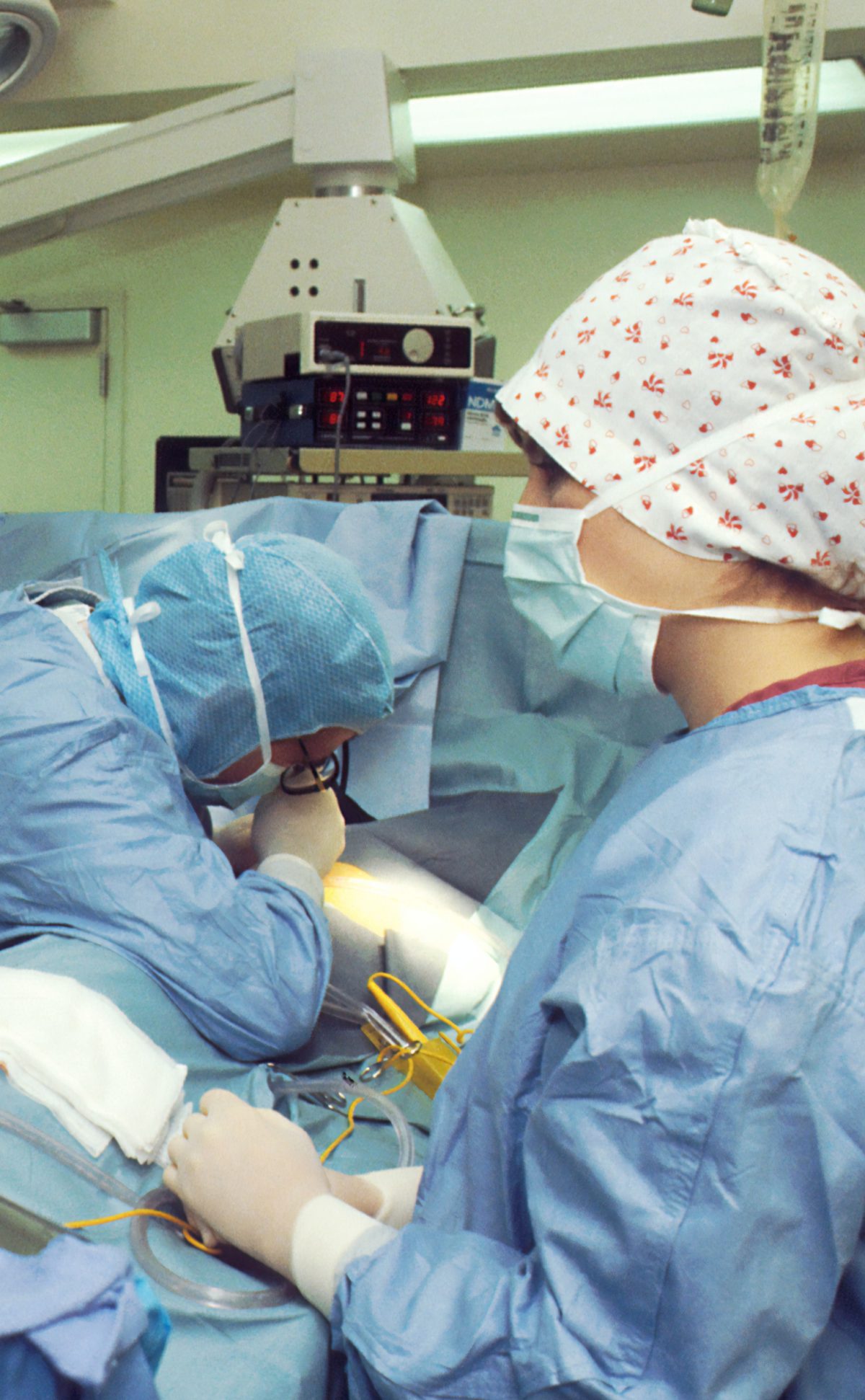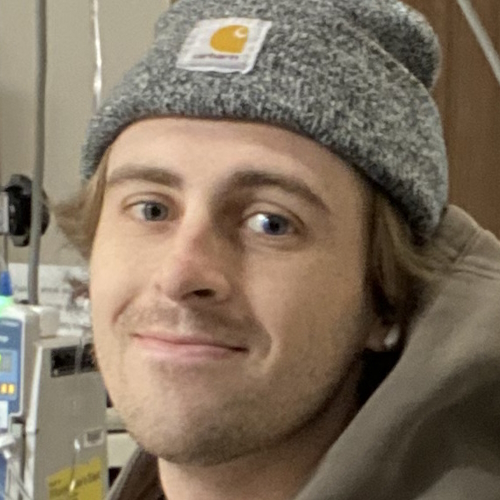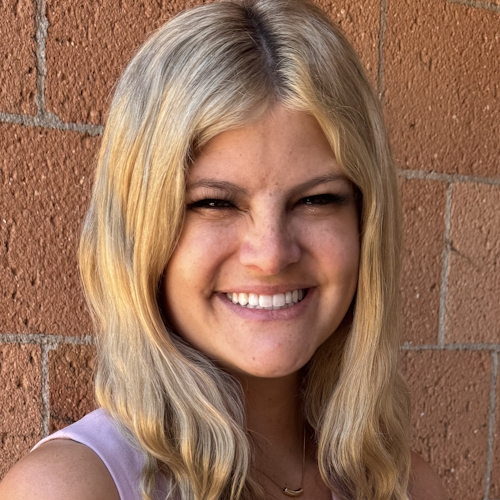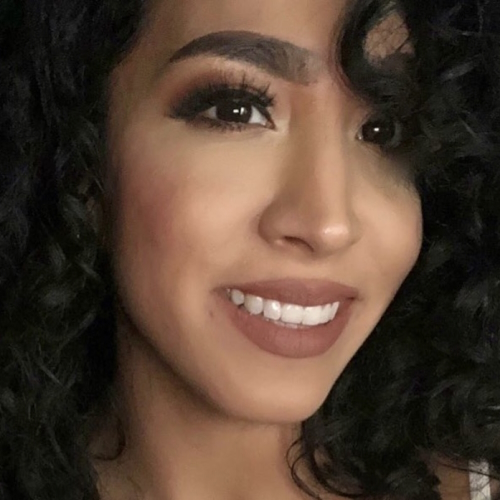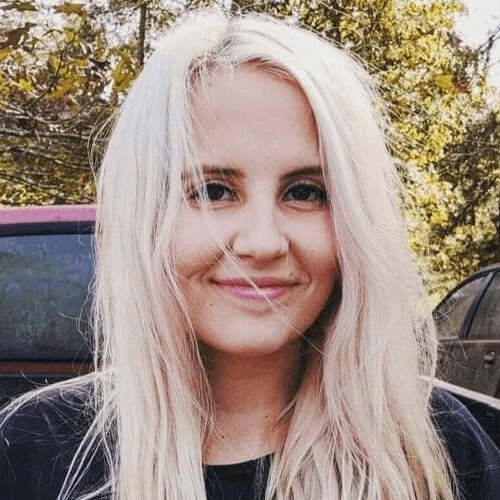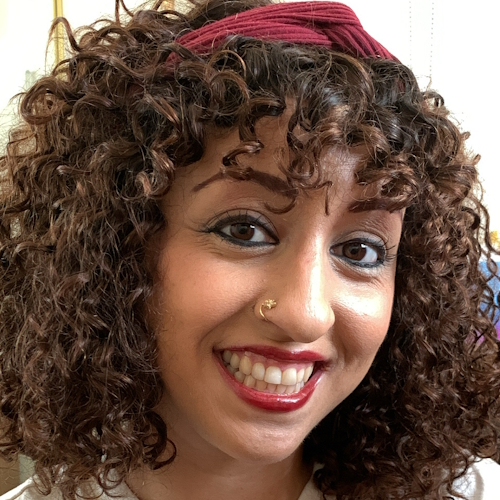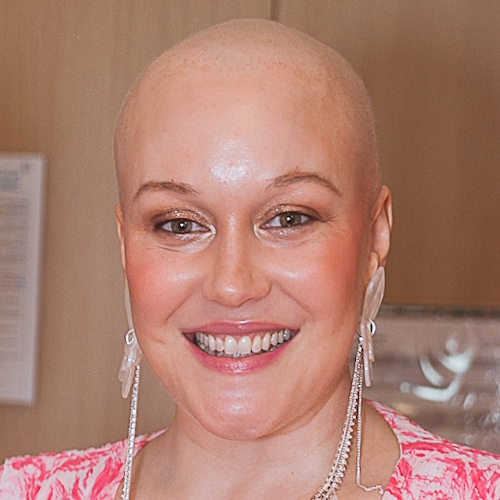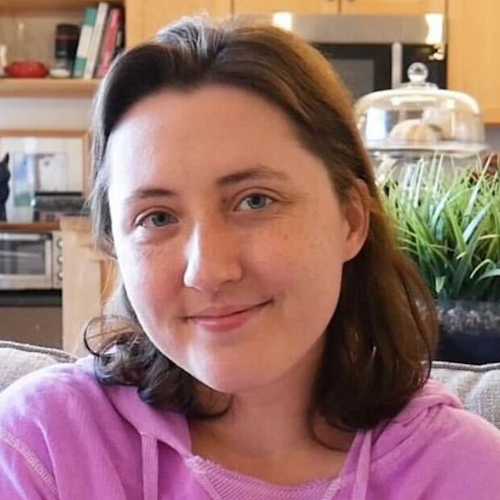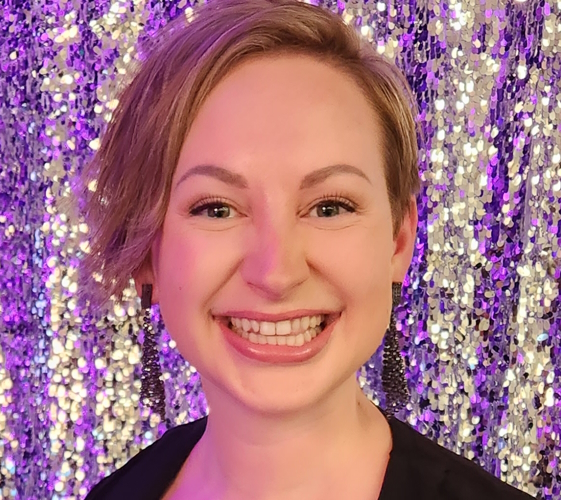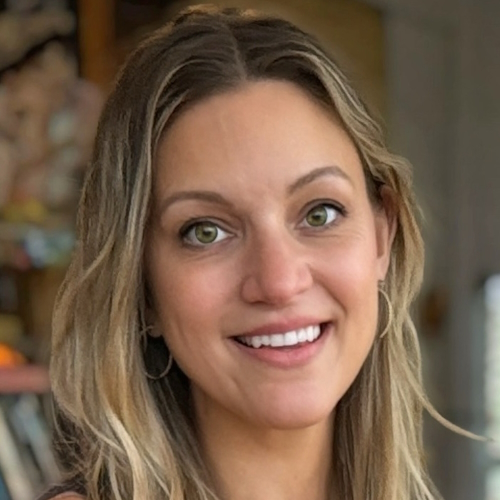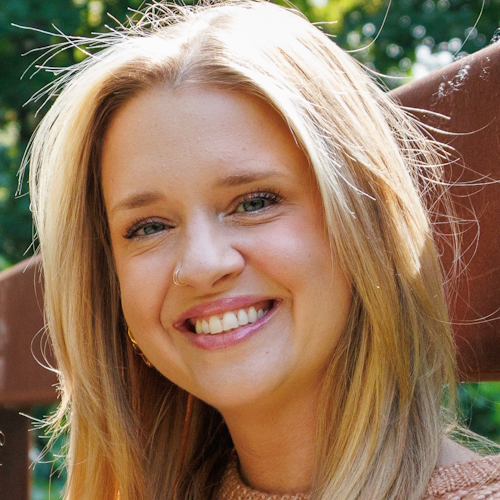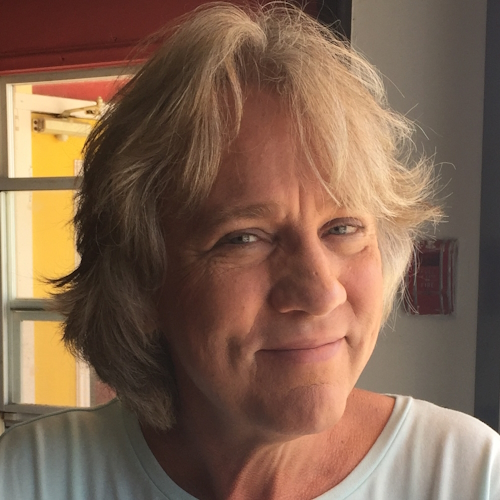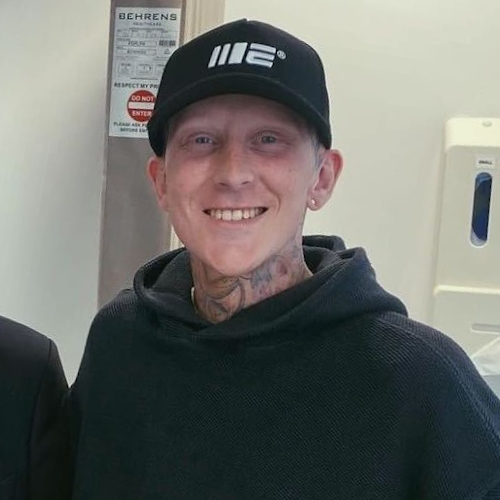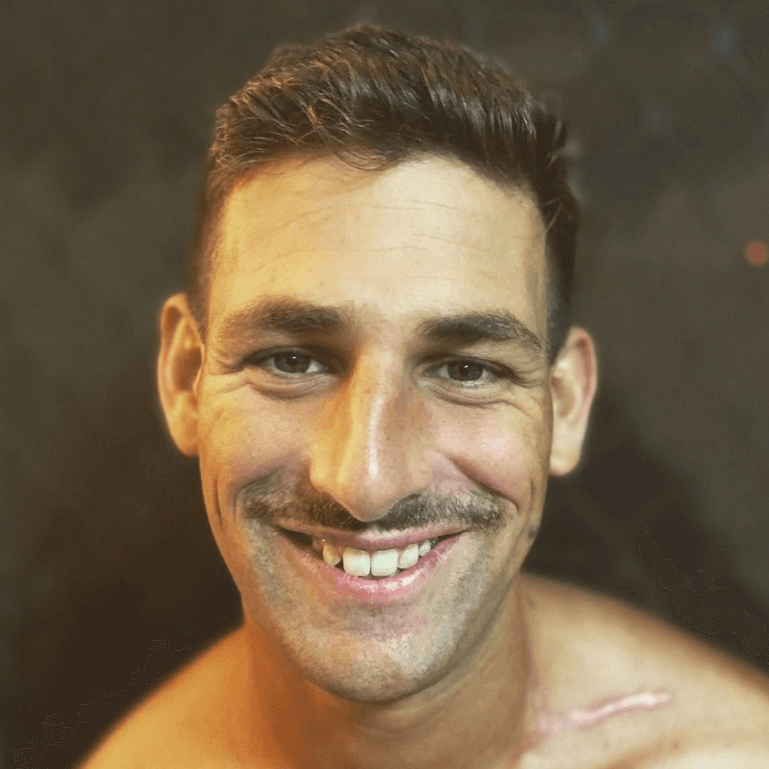Cancer Surgery Treatments
One of the most common ways of locally treating cancer, in particular solid tumors, is through surgery. Surgeons, medical doctors, are trained to remove cancer from you body during operations.
Below, find answers to popular surgery questions and experiences of surgery shared by The Patient Story community.
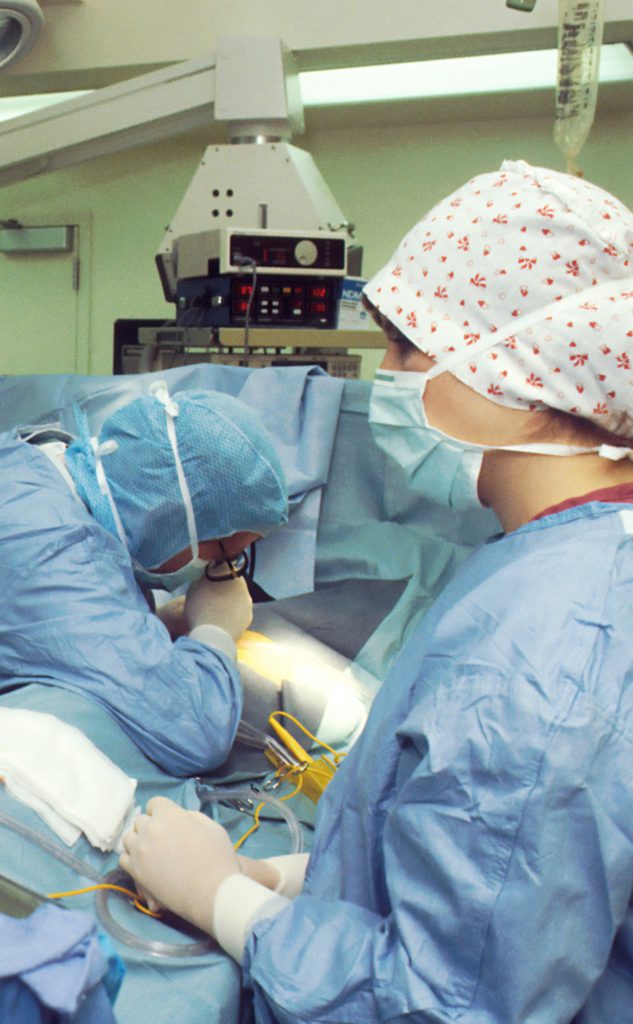
How is surgery performed?
Surgery usually requires cuts that go through skin, muscles, and sometimes bone.
Waking up from the procedure can be painful and the time for physical recovery depends on the extensiveness and size of the surgery.
Almost always, you will undergo anesthesia, drugs and other substances that make you lose feeling and/or awareness. This is meant to help prevent you from feeling pain during the operation.
Types of surgery
The many kinds of surgery are assigned based on several factors, including:
- Purpose of the surgery
- Part of body that requires surgery
- Amount of tissue
- (Sometimes) Patient preference
Surgery may be (1) open or (2) minimally invasive.
- Open surgery: Surgeon makes one large cut in order to remove the tumor, some healthy tissue, possibly close lymph nodes
- Minimally invasive surgery (laparascopic): Surgeon makes a couple to a few small cuts. In one of those small cuts, the surgeon inserts a long, thin tube with a tiny camera (laparoscope).
The surgical team sees images of inside the body from the camera, which projects onto a monitor. The surgeon uses that view to remove the tumor, some healthy tissue (margins).
Less time to recover compared to open surgery.
Types of anesthesia
- Local anesthesia: Leads to loss of feeling in one targeted area of the body
- Regional anesthesia: Leads to loss of feeling in one part of the body (e.g. arm or leg)
- General anesthesia: Leads to what feels like a very deep sleep from a total loss of feeling and a loss of awareness
Non-cutting surgeries
- Cryosurgery (or cryotherapy): Use of the extreme cold created by liquid nitrogen or argon gas to get rid of abnormal tissue.
- Cancers commonly treated: Early-stage skin cancer, retinoblastoma, precancerous growths on cervix and skin
- Cancers commonly treated: Early-stage skin cancer, retinoblastoma, precancerous growths on cervix and skin
- Lasers: Powerful beams of light cut through tissue in precise
surgeries. The lasers can also shrink and destroy cancerous growths or tumors that may become cancer. Used most commonly on body surface or internal organs’ inside lining.- Cancers commonly treated: Cervical, vaginal, esophageal, non-small cell lung cancer, basal cell carcinoma, and cervical changes that might turn into cancer.
- Cancers commonly treated: Cervical, vaginal, esophageal, non-small cell lung cancer, basal cell carcinoma, and cervical changes that might turn into cancer.
- Hyperthermia: Exposing small areas of body tissue to very high temperatures in effort to damage and destroy cancer cells. Also meant to make the cancer cells more vulnerable to radiation and chemo drugs. Still heavily researched.
- Photodynamic Therapy: Using drugs reactive to certain kinds of light. The light activates these drugs to destroy and kill nearby cancer cells. Most used to treat or alleviate symptoms of cancer, including:
How surgery destroys cancer
The purpose of surgery depends on cancer type and stage (how advanced it is).
- Completely remove the cancer: Surgery can be used to remove cancerous growths and tumors in one area.
- Debulk a tumor: This is used to remove part of a tumor to help other cancer treatments, especially when trying to remove the entire tumor may cause damage to an organ or to the body.
- Alleviate cancer symptoms: Surgery used to help lessen pain or pressure caused by tumors.
Surgery stories and experiences
Hear about different surgeries and experiences from our community of patients and survivors.
Colectomy
Lauren G., Colon Cancer, Stage 4
Symptoms: Frequent urges to have bowel movements (up to 27x/day), incomplete evacuation, abdominal bloating
Treatments: Surgeries (colectomy, colostomy bag placement), chemotherapy
...
Jackson A., Colon Cancer, Stage 3
Symptom: Sharp abdominal pain
Treatment: Surgery (emergency transverse colectomy)
...
Jay W., Colon Cancer, Stage 4
Symptom: Occasional presence of blood in stool
Treatments: Chemotherapy, surgery (installation of port and liver infusion pump, colectomy, hepatectomy, liver ablation, removal of liver infusion pump)
...
Kristen F., Crohn’s Disease (IBD)
Symptoms: Fatigue, abdominal cramps, blood in stool, loss of appetite, frequent and painful bathroom visits, perianal disease (open wound), mouth sores, joint pain
Treatments: Multiple medications, surgeries (temporary ostomy, total colectomy and permanent ostomy, Barbie butt surgery or proctectomy)
...
Jess G., Crohn’s Disease (IBD)
Symptoms: No appetite even when offered a favorite dessert, weight loss
Treatments: Steroids, blood transfusions, biologics, surgeries (colectomy, small bowel resection, colostomy)
...
DIEP Flap
Krista B., IDC, Stage 1A, HR+, HER2-, ATM Mutation
Symptom: None; abnormality detected in breast MRI
Treatments: Surgery (double mastectomy with DIEP flap reconstruction), selective estrogen receptor modulator (tamoxifen)
...
Melissa H., Triple-Negative Breast Cancer, Stage 2B, IDC
Symptom: Lump in left breast
Treatments: Surgery (mastectomy), chemotherapy
...
Gasterectomy
Jeff S., Stomach Cancer, Stage 4
Symptoms: None; found during the evaluation process for kidney donation
Treatments: Surgery (partial gastrectomy & nephrectomy), chemotherapy (oxaliplatin & capecitabine), radiation
...
Alyssa B., Stomach Cancer, Stage 4
Symptoms: Fatigue, elevated resting heart rate, heartburn, difficulty swallowing, weight loss
Treatments: Chemotherapy, surgery (gastrectomy & oophorectomy)
...
Lauren C., Stomach Cancer, Stage 1, CDH1+
Symptoms: Irregular bowel movement (stomach bile), extreme pain eating certain foods or drinking alcohol
Treatment: Total gastrectomy (surgery to remove whole stomach)
...
Lumpectomy
Nina M., Metastatic Breast Cancer
Symptoms: Hardening under the armpit, lump & dimpling in the left breast
Treatments: Chemotherapy, surgery (lumpectomy), radiotherapy, hormone-blocking medication, targeted therapy
...
Anna R., Triple Positive Breast Cancer
Symptom: Lump in the breast
Treatments: Surgery (lumpectomy), hormone therapy, chemotherapy, radiation
...
Lauren O., IDC, Stage 2A
Symptom: Lump in the right breast
Treatments: Surgery (lumpectomy), chemotherapy (AC-T), steroids, radiation
...
Samantha L., IDC, Stage 4, ER+ PR+ HER2+
Symptom: Lump in the breast
Treatments: Chemotherapy, surgeries, radiation, hormone therapy, targeted therapy
...
Christine E., Stage 3 Triple-Positive
Initial Symptom: Lump in left breast
Treatment: Chemotherapy (AC-T), lumpectomy, radiation
...
Mastectomy
Honey H., Breast Cancer, Stage 2, HER2-, PR+, ER+
Symptom: Lump in the right breast
Treatments: Surgeries (bilateral mastectomy with reconstruction, lymph node removal, oophorectomy), hormone replacement therapy (HRT)
...
Kathleen M., ILC
Symptoms: Bloody nipple discharge, appearance of “shadow” during breast ultrasound
Treatments: Surgery (mastectomy), hormone therapy
...
Amber C., High-Grade Serous Ovarian Cancer, Stage 4B
Symptoms: bowel irregularities (urgency, alternating constipation & diarrhea), night sweats, unintended weight loss, irregular periods, fatigue, pain while sitting or going to the bathroom, blood in stool
Treatments: Surgeries (debulking surgery, radical hysterectomy, oophorectomy, ileostomy placement, preventive double mastectomy with breast reconstruction), chemotherapy, targeted therapy (PARP inhibitor)
...
Dee D., Metastatic Breast Cancer, IDC & DCIS, ER+
Symptoms: Inability to produce milk on the left breast while breastfeeding, breast pain (palpable and radiating to the back), lumps in the breast and armpit
Treatments: Chemotherapy (AC-T), surgery (bilateral mastectomy & axillary lymph node clearance), radiotherapy, hormone therapy (Zoladex/goserelin), aromatase inhibitor (letrozole), targeted therapy (Kisqali/ribociclib)
...
Krista B., IDC, Stage 1A, HR+, HER2-, ATM Mutation
Symptom: None; abnormality detected in breast MRI
Treatments: Surgery (double mastectomy with DIEP flap reconstruction), selective estrogen receptor modulator (tamoxifen)
...
Orchiectomy
Rob K., Testicular Cancer, Stage 3C
Symptoms: Persistent back pain, loss of appetite, vomiting blood, fatigue, firmness in one testicle
Treatments: Chemotherapy, surgeries (orchiectomy & retroperitoneal lymph node dissection)
...
Eve G., Prostate Cancer, Gleason 9
Symptom: None; elevated PSA levels detected during annual physicals
Treatments: Surgeries (robot-assisted laparoscopic prostatectomy & bilateral orchiectomy), radiation, hormone therapy
...
Callan R., Testicular Cancer, Stage 3
Symptom: Lump in right testicle
Treatments: Chemotherapy (cisplatin, doxorubicin, BEP, GemTaxol, TopCaT), surgery (orchiectomy), clinical trial (BNT142)
...
Hugo T., Testicular Cancer (Non-Seminoma), Stage 2B
Symptom: Pea-sized lump on right testicle
Treatments: Surgery (removal of right testicle, lymph node resection), chemotherapy
...
Steve L., Testicular Cancer (Non-Seminoma), Stage 3C
Symptoms: Grape-sized tumor on neck; hip and pelvis pain; tumor on right testicle
Treatments: Chemotherapy, surgery (removal of right testicle, lymph node resection, and tumor dissection in the neck)
...
References:
